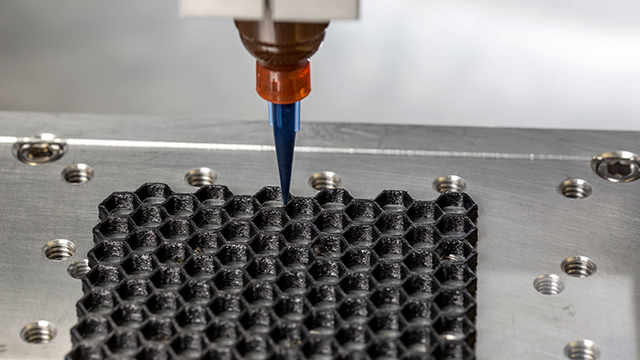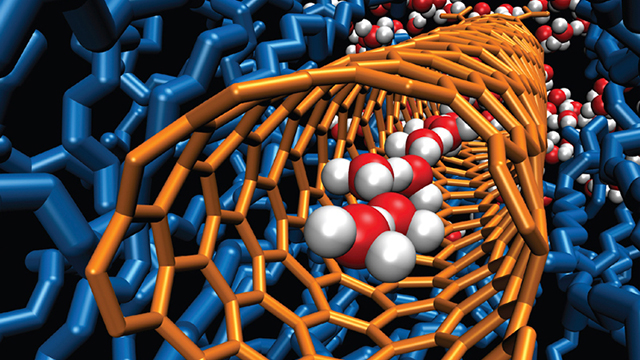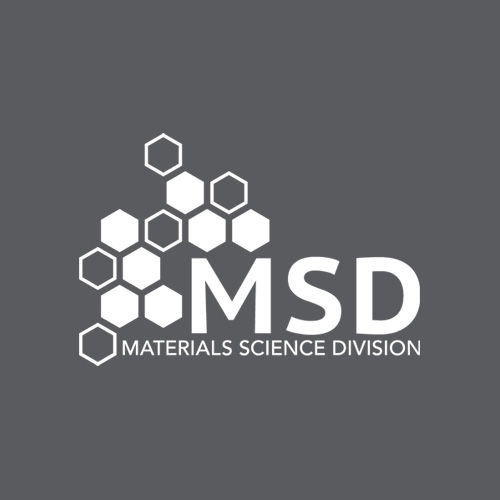Materials Science Division
Nanoscale, Surface, and Interface Science Group
We design, develop, and characterize nanoscale architectures for a wide array of applications ranging from water purification to energy storage and quantum devices.
While working at the intersection of physics, materials science, engineering, and chemistry, our group makes advances in nanoscience—the synthesis, characterization, and manipulation of structures, objects, and features at the scale of atoms and molecules.
Using some of the most advanced imaging and analytical instruments and fabrication tools and processes available, we study:
- How atoms and molecules assemble at the nanoscale.
- How material structure affects its properties, including electrical, mechanical, and thermal behavior.
- The significance of surface boundary and quantum mechanical effects and how they may confer properties on materials.
Our findings help us develop diverse and sophisticated materials in support of the Laboratory’s national security mission and foundational science research.
In the news
Research areas

Focusing on a diverse range of applied research—with a unified theme of polymer science

Nanofluidics and precision separations
Delivering cutting-edge science to address fundamental research problems relevant to national security

Addressing research challenges in quantum science and technology through fundamental advances in physics, materials, engineering design, and prototype development
Our team
Group members

































